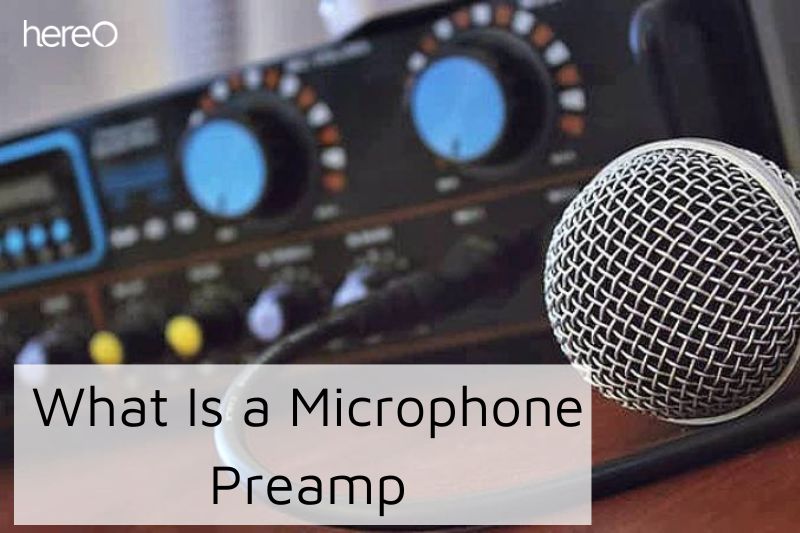You’ve undoubtedly heard the word “microphone preamp” spoken a few times if you’re beginning a podcast or setting up your first home studio. A microphone preamp is one of the most important bits of gear you’ll have in your studio. But what is a microphone preamp?
Contents
- 1 What is a Microphone Preamp?
- 2 What Does a Preamp Do For a Microphone?
- 3 Differences Between Preamplifier And Amplifier
- 4 Do You Need a Preamp For Your Microphone
- 5 Audio Interface As a Mic Preamp
- 6 Mixer As a Microphone Preamp
- 7 What Makes a Good Microphone Preamp
- 8 FAQs about What Is a Microphone Preamp
- 9 Conclusion
What is a Microphone Preamp?

Microphone preamps are an essential part of any recording setup and can make a huge difference in the sound quality of your recordings.
A preamp is an electronic device that amplifies a microphone’s output signal before it is sent to a recording device. It boosts the signal strength of the microphone so that it can be recorded at a higher quality.
Preamps come in both digital and analog forms, though digital preamps are more common in modern recording setups.
Digital preamps offer more features such as equalization and noise reduction to further improve sound quality. Analog preamps can provide a warm, vintage sound but have limited features.
When choosing a preamp, you should consider the type of microphone you are using and the recording environment.
For instance, if you are recording in a noisy room, you may want to opt for a preamp with built-in noise reduction. Likewise, if you are using a condenser microphone, you may want to look for a preamp with 48v phantom power.
Finally, preamps can also be used to shape the sound of your recordings by adding color or warmth to the signal. Preamps can be expensive, but they are worth the investment if you want to achieve professional sound quality.
What Does a Preamp Do For a Microphone?
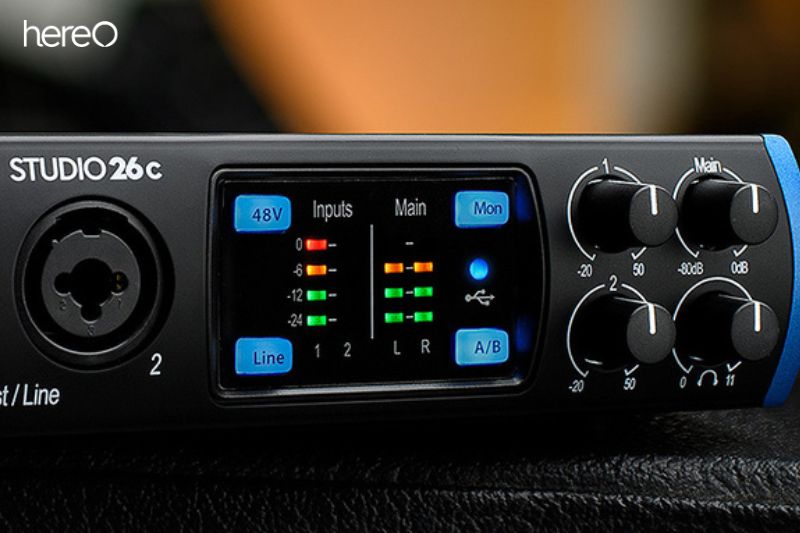
Microphone preamps have two main functions: first, they give the output of the microphone the proper load impedance, and second, they take the incoming signal from the microphone and boost it to a usable level.
A microphone’s direct signal is normally at a very low level. By applying the proper voltage gain as soon as possible, a preamp makes the signal usable.
If you send the signal to additional analog equipment or through an analog to digital converter (ADC) to use in a digital audio workstation (DAW) on your computer, this reduces the impact of any noise added by future operations.
The majority of audio equipment demands a line level signal to offer the best audio quality at the input. In order for other devices to process the signal, a preamp prepares the signal by changing it from a microphone level to a line level signal. The term “correct gain staging” refers to this.
Differences Between Preamplifier And Amplifier
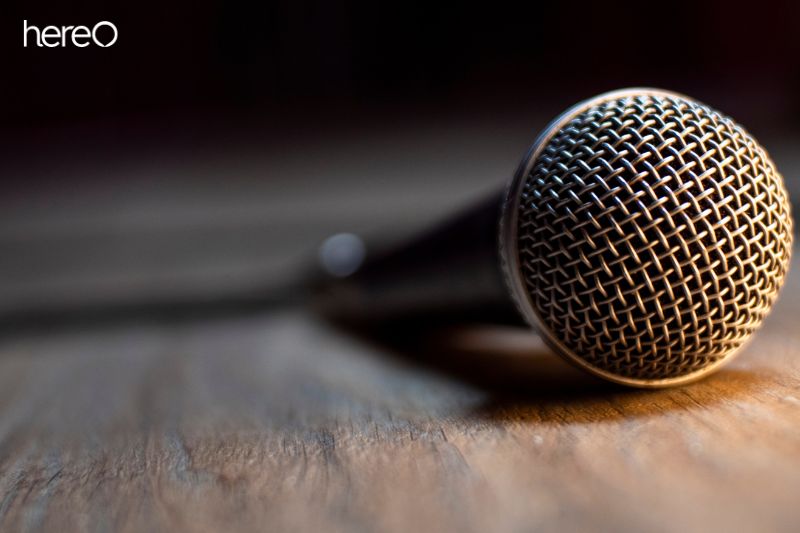
Although a microphone preamplifier and an amplifier both act to boost signal level by applying gain, there is one key difference between the two:
A preamp boosts a low level mic signal to line level, while an amplifier boosts a line level signal to speaker level.
In essence, a preamplifier equalizes the output signal from a microphone to that of records and other audio equipment. An amplifier can further amplify a signal that has been output at line level before it is output from a speaker.
Do You Need a Preamp For Your Microphone
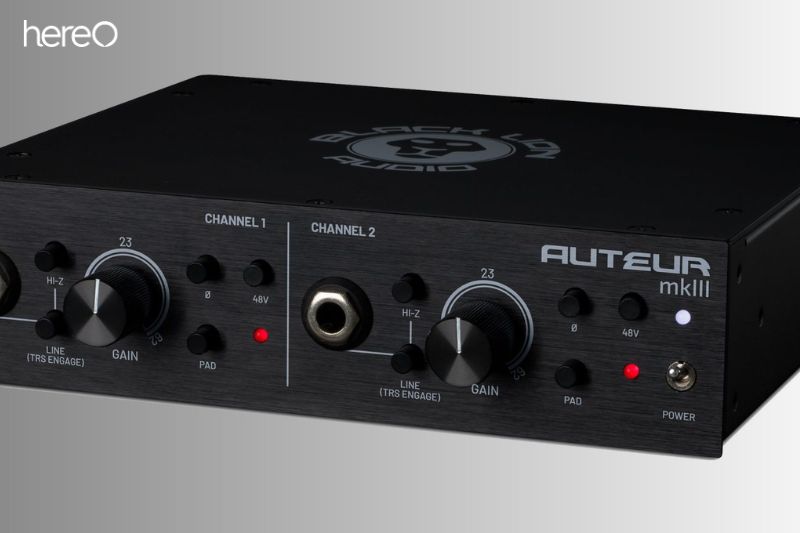
If you are looking to record professional-quality audio, then the answer is yes. A microphone preamp is an essential piece of equipment for recording audio, as it helps to boost the signal from a microphone and improve its sound quality.
You will require some form of preamp if you wish to record with an XLR microphone. This holds true for all varieties of microphones, including dynamic and condenser ones.
With a preamp, you can get more control over the sound of your microphone and make sure you get the most out of it.
However, if you have a USB microphone, you do not need to utilize a microphone preamp. All-inclusive recording tools, USB microphones connect directly to your PC.
This indicates that they have an integrated preamp and ADC to make sure the signal is at an appropriate level before it reaches your computer.
Audio Interface As a Mic Preamp
Simple recording setups won’t require a separate microphone preamp because an audio interface includes the amplification. The good news is that you probably won’t need to purchase a preamp for your microphone if you already own an audio interface.
The majority of interfaces with XLR inputs contain a gain knob to control the amount of amplification used before the signal is converted from analog to digital. This signal will be delivered to your digital audio workstation, where you can edit it.
Mixer As a Microphone Preamp
Preamps are typically included into each channel strip of mixers to boost incoming signals. Consequently, a mixer can serve as a preamp for microphones.
You might still need to use an audio interface to transform the analog signal into a digital signal for your DAW if your mixer doesn’t have a digital audio output.
This isn’t a very effective choice for individuals creating their first recording settings because mixers are sometimes extremely huge and pricey.
What Makes a Good Microphone Preamp
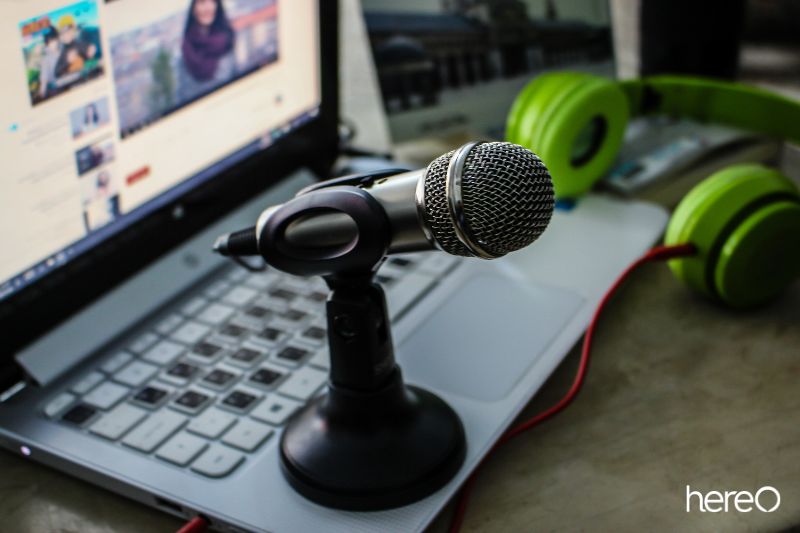
Most microphone preamps’ main goal is to increase the signal’s strength without altering its audio quality. This is challenging to accomplish in practice because most amplifiers introduce some noise and distortion into the signal. Despite this, most people can’t hear the distortion on most contemporary preamps.
A preamp should have variable input gain covering at least 60dB and be able to supply condenser microphones with +48v phantom power.
This is crucial to make sure that even with silent sources and/or low-sensitivity microphones, you can get incoming signals to a suitable level.
Preamps have a minimum gain, or the amount at which the signal can be amplified, and some have switchable attenuator pads to prevent overloading from powerful sounds.
Preamps can become more sophisticated by including EQ controls or high-pass filters to eliminate low frequencies. Phase invert switches, which are useful for recording numerous microphones, and input impedance choices might also be added (for better matching and signal transfer).
Preamps come in a range of sizes and shapes, including desktop standalone units, rackmount models, and more compact 500 series models.
If you intend to record with many microphones at once, pay attention to a preamp’s number of microphone inputs. Preamps can have one, four, or even eight microphone inputs.
FAQs about What Is a Microphone Preamp

Why is a mic preamp necessary?
A mic preamplifier, also referred to as a mic preamp, amplifies the signal from a microphone or an instrument to the usual operating level of most recording equipment, such as an electric guitar. A mic preamp must be used. Without one, our microphones would hardly be able to pick up any sound.
What is the benefit of a preamp?
The main benefit of a preamp is that it amplifies weak signals. It is necessary for live sound reinforcement, broadcasting, and streaming.
Can you use a mic without a preamp?
Technically speaking, a preamp is not required to record using a microphone because it is feasible to do it without one. However, one may argue that they are a necessary piece of equipment if you want to record the clearest, highest-quality audio.
Do condenser mics have a built-in preamp?
Preamps are a feature of every condenser microphone, including lavalier and headworn models. Because the preamp circuitry is built within the mic handle or housing, portable and studio condenser microphones’ preamps are less noticeable.
Is phantom power the same as preamp?
Phantom power is an electrical current that flows via an XLR microphone cable to power up a condenser microphone, which is how it differs from a preamp. The signal is amplified by a preamp once it returns.
Conclusion
A microphone preamp is a crucial piece of gear for any budding podcaster or audio engineer. It enables you to get the best sound quality out of your recordings and ensures that your podcast will sound professional.
Investing in a good quality preamp will pay dividends in the long run, ensuring your podcasts sound great and make you stand out from the crowd. Don’t miss out – explore our range of microphone preamps today and get the professional sound your podcast deserves.
Thank you for reading this article from hereOfamily.
